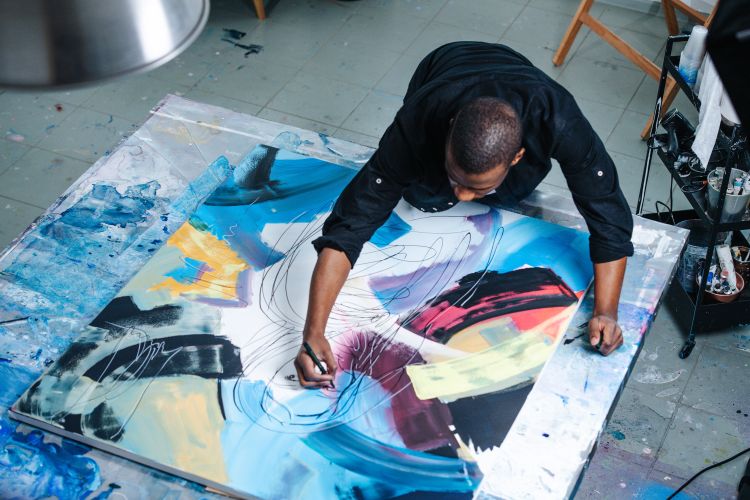Creativity as Medicine: The Healing Potential of Art

Introduction to Art Therapy:
Art therapy is a form of psychotherapy that utilizes the creative process of making art to improve mental, emotional, and physical well-being. Dating back to the early 20th century, art therapy has evolved into a recognized therapeutic approach used by trained professionals to help individuals explore their feelings, reconcile emotional conflicts, and foster self-awareness.

The Therapeutic Process:
In art therapy sessions, clients are encouraged to express themselves through various art mediums, such as drawing, painting, sculpting, or collage. The therapist provides a safe and non-judgmental space for clients to explore their thoughts and emotions freely. Unlike traditional talk therapy, art therapy allows individuals to communicate symbolically, often bypassing the need for verbal expression.
Benefits of Art Therapy:
Research has shown that engaging in art therapy can have numerous psychological benefits. By externalizing inner experiences through art, individuals may experience stress reduction, increased self-esteem, and improved mood. Art therapy can also help individuals process traumatic experiences, manage symptoms of mental illness, and develop healthier coping mechanisms.
Read also – Top 5 most expensive watches in the world

Types of Art Therapy Techniques:
There are various techniques used in art therapy, each serving a unique therapeutic purpose. For example, drawing can be used for self-reflection and exploration of identity, while painting may help individuals release pent-up emotions or access unconscious thoughts. Sculpting and collage-making are other techniques that offer tactile and visual means of expression.
Applications of Art Therapy:
Art therapy is applied in diverse settings, including hospitals, schools, community centers, and private practices. It is utilized with individuals of all ages and backgrounds, addressing a wide range of mental health concerns, from anxiety and depression to PTSD and substance abuse. Art therapy is also used in rehabilitation settings to promote physical healing and improve motor skills.
Read also – Easy and Healthy Meal Prep Ideas for Busy Weekdays

Cultural and Ethical Considerations:
Art therapists must be mindful of cultural differences and adapt their approach to respect the beliefs and values of diverse populations. Additionally, ethical guidelines dictate confidentiality, informed consent, and maintaining professional boundaries. Art therapists are trained to navigate these considerations while providing effective and ethical care.
Self-Help Techniques:
While art therapy is typically facilitated by trained professionals, individuals can also incorporate art into their self-care routines. Keeping a personal art journal, doodling, or engaging in DIY art projects can provide a therapeutic outlet for self-expression and stress relief. The process, rather than the final product, is what matters most in self-guided art therapy.
Read also – “Building Better: Harnessing Constructive Criticism for Progress”

Resources and Further Reading:
For those interested in learning more about art therapy, there are numerous resources available, including books, websites, and organizations dedicated to the field. The American Art Therapy Association (AATA) provides information on accredited programs, professional development opportunities, and ethical standards for art therapists.
Personal Stories and Testimonials:
Many individuals have found healing and transformation through art therapy. Sarah, a survivor of childhood trauma, shares how art therapy helped her reclaim her voice and process her pain. “Art gave me a language when words failed me,” she says. “It allowed me to express the unspeakable and find beauty in the brokenness.”

Conclusion:
Art therapy offers a unique and powerful avenue for healing through creativity. Whether guided by a trained therapist or pursued independently, the act of creating art can be profoundly therapeutic, facilitating self-discovery, emotional expression, and personal growth. As we continue to explore the intersection of art and psychology, let us harness the transformative potential of creativity to nurture healing and resilience in ourselves and others.





